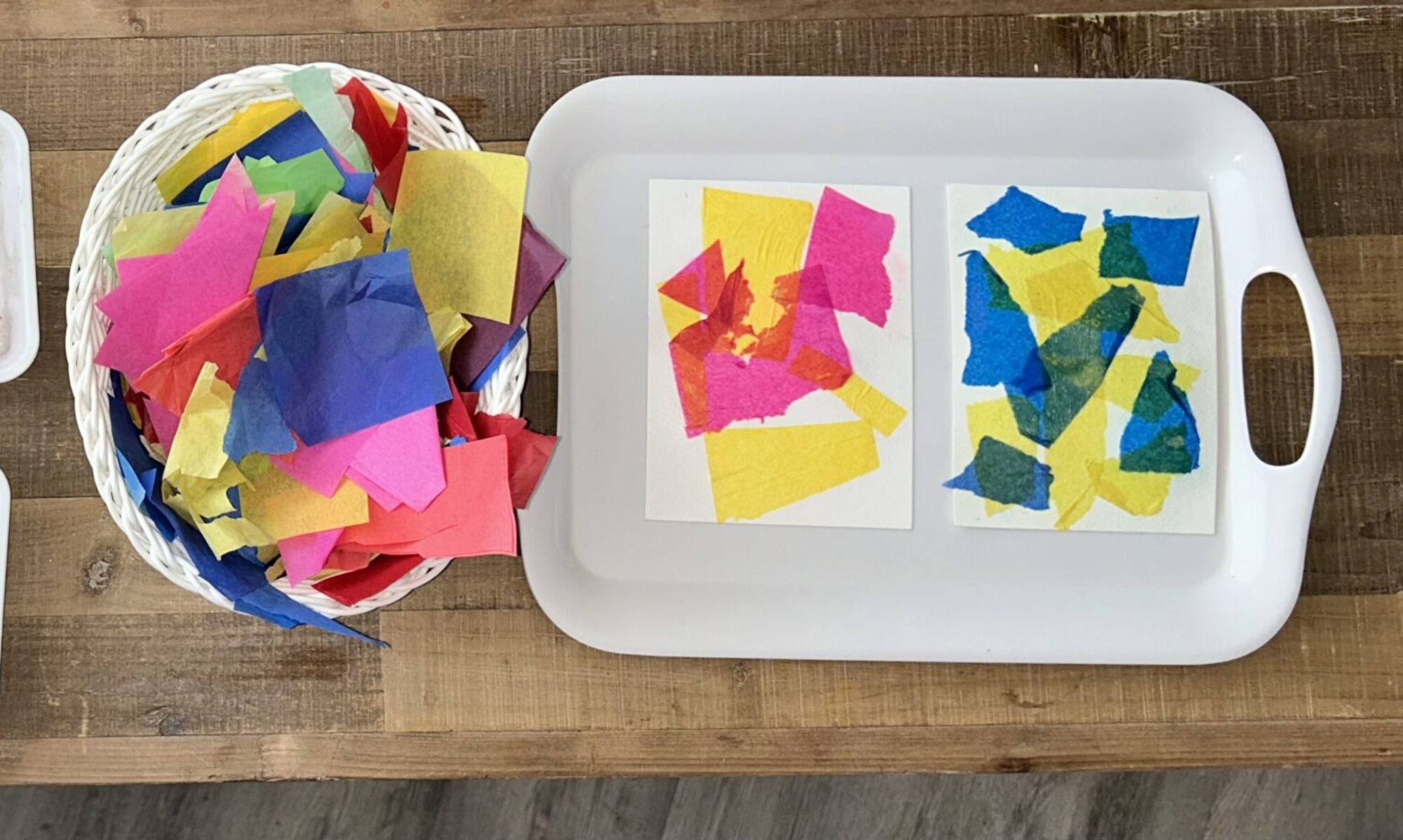
Today, I want to share the best Montessori art materials I recommend for beginners. These are basic art materials you can find almost anywhere and order online at Montessori-art.com or Store.EcoKidsArt.com
The reason I recommend these materials is that they are safe non-toxic, and are good quality. I have used them for many art lessons, and they work great. You can find them at a low to mid cost.
To download my comprehensive list of art materials suitable for teaching all art subjects to students of all ages, especially ideal for beginner Montessori students, please click downloads here:



Kids love doodling and drawing with these

TEMPERA STICKS
Beginner’s Art Supplies List
Drawing Materials Beginning (BUY NOW)
- Pencil, eraser, and pencil sharpener
- Crayons in different sizes and shapes
- Colored pencils (short or jumbo tips for small hands)
- Oil pastels in a variety of colors
- Tempera sticks
- Markers


DRY WATERCOLOR PAINTS
DOT STAMPERS
TEMPERA STICKS
PAINT BRUSHES
Painting Materials for beginners (BUY NOW)
- Tempera paint sticks (easy for beginners to glide)
- Tempera liquid paint
- Dot Stampers
- Watercolor paints (start with primary red, yellow, blue for color mixing)
- Watercolor dry cakes
- Paintbrushes
- Palette
- Smock cover up
- Simple surfaces to paint on (paper, cardboard, watercolor paper, rocks, sticks, canvas)
- Glass droppers
- Sponges
- Wash Jar

Beginning Clay Modeling Materials (BUY NOW)
- Non-hardening clays
- Air-dry clay
- Pottery clay
- Wood clay tools
- Stamps
- Rollers
- Cookie cutters

MODELING CLAY

Beginning Crafting Supplies (BUY NOW)
- Scissors
- Glue
- Low-temp glue gun
- Yarn
- String
- Tissue paper
- Cardboard
- Fabric
- Sewing materials (needles, thread)
- Pom poms
- Googly eyes
This comprehensive list is curated from the 5 domains of art areas featured in all my books, curriculum, and art training. For further insights, you can explore more [here](link to additional resources).

Art Essentials: Safe, Non-Toxic, and Process-Based
- Begin with process-based activities
- Start by teaching key lessons in each domain
- Focus on teaching art elements





https://montessori-ami.org/resource-library/materials

All rights reserved © 2025, Nature of Art®
No part of this blog may be used or be reproduced in any manner whatsoever including reproducing, publishing, performing, and making any adaptions of the work – including translation into another foreign language without written permission except in the case of brief quotations embodied in critical articles and reviews. Nature of Art® Publishing P.O. Box 443 Solana Beach, California 92075.

